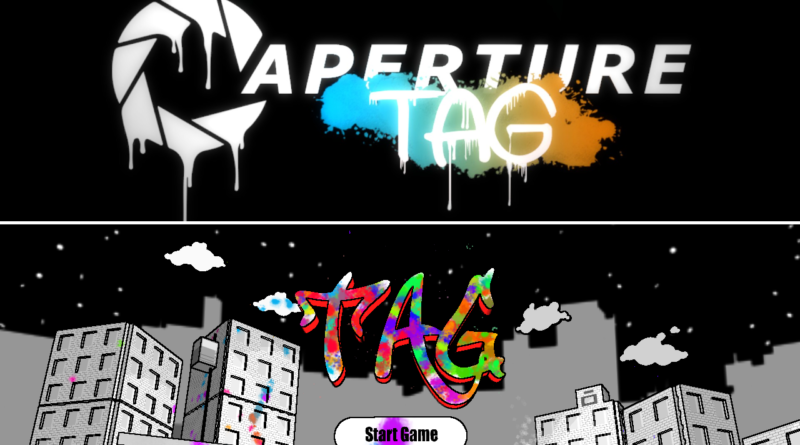Double Tag, Part One
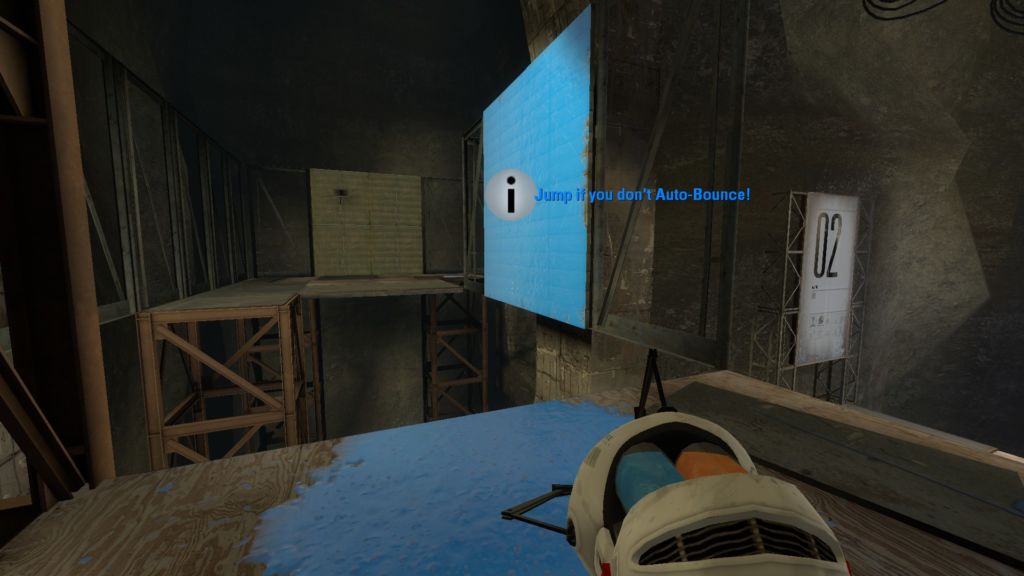
There was an arc in Portal 2, where (spoilers!) Wheatley betrayed Chell and chucked her into the bowels of Aperture Science Enrichment Centre along with potato GLaDOS, where we learned of the company’s history, Cave Johnson, Caroline, and hints of GLaDOS’ true nature. But aside for story, there is also something else, an entirely new mechanic for us to play with.
The addition of the gels is one of the two new main puzzle elements added to the Portal series, aside from the co-op gameplay. While the Conversion Gel is useful for creating portals and is the MVP for Chell’s last confrontation against Wheatley, my mind is more on the Propulsion Gel and the Repulsion Gel, which are orange and blue in colour respectively. Simply put, orange gel (Propulsion) speeds you up, while blue gel (Repulsion) turns surfaces into bounce pads. In Portal 2, the gels are transported around in large tubes and you use portals to redirect the flow, splashing them on surfaces that you want.
The first time I played Portal 2 and encountered these gels, it immediately reminded me of a small little indie game I once played, titled Tag: The Power of Paint, a game with rather similar mechanics. I later found out that it was the very same team that was hired by Valve for Portal 2’s Gel mechanics, and they later released a Portal 2 mod titled Aperture Tag: The Paint Gun Testing Initiative.
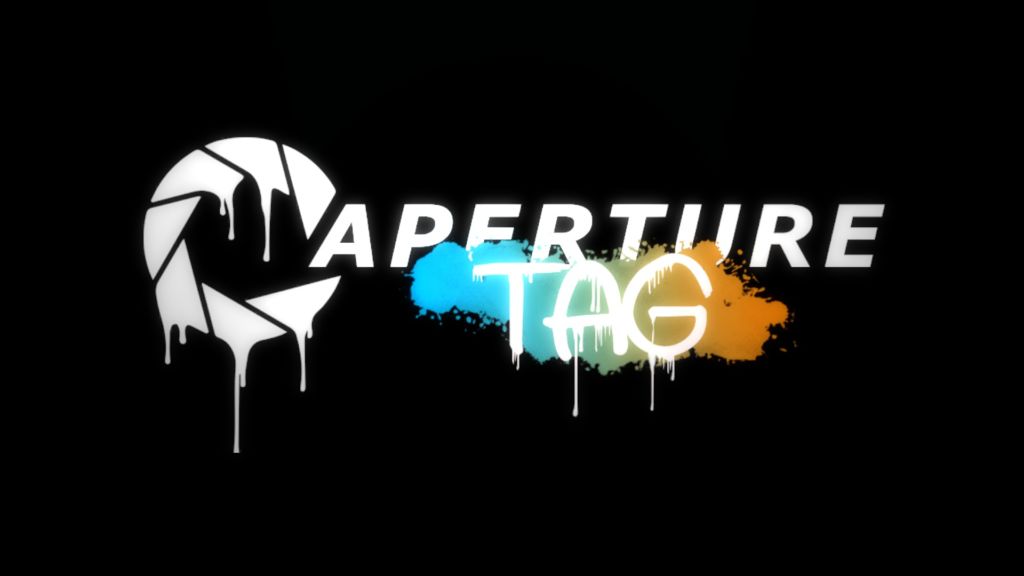
Aperture Tag is set after the Mobility Gel course during the co-op campaign, and features an unknown test subject and a new handheld mobility device, the Aperture Science Paint Gun. It allows the player to spray unlimited amounts of blue and orange gels onto surfaces. As mobility tools go, I say I prefer the Paint Gun over the Portal Gun solely because of its lack of dependency on moon rocks. Its practicality as a mobility tool, however, diminishes significantly when you realize you need some way to clean up the gels after you so that you don’t cause any accidents, and if you don’t have a pair of Long Fall Boots you’re going to pulverize your ankles after every landing.
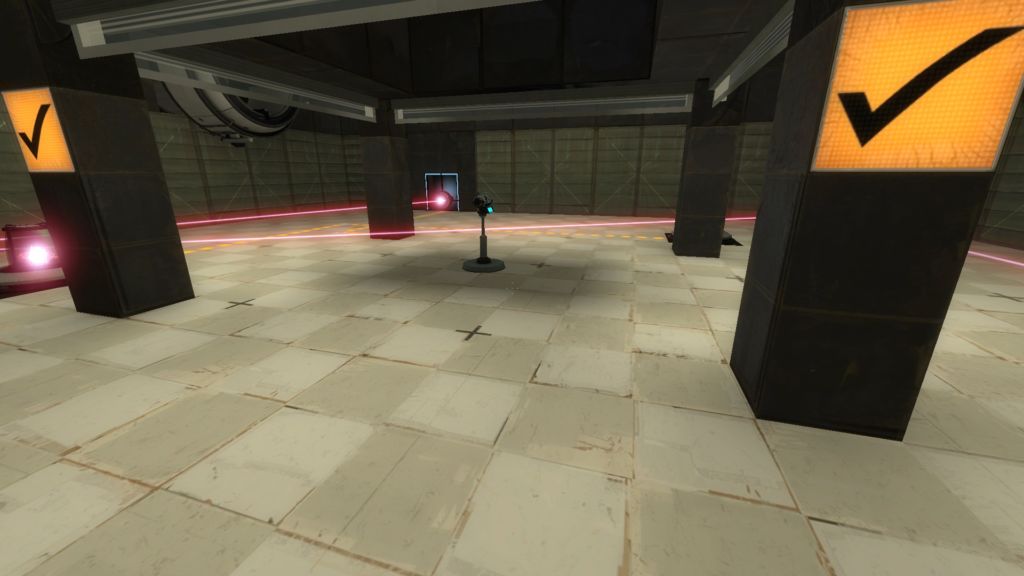
Now with the Paint Gun in your very limited arsenal, you can harness the power of the gels with a twitch of your finger. Being able to spray surfaces liberally with the blue gel and start imitating a bouncy ball is really fun and slightly stomach-churning. The new Paint Gun does allow for a lot more flexibility and control in how you use the gels, which I say is a better utilization of the gel mechanics than the Portal 2 method, where you indirectly manipulate the gel flows with portals instead. But I suppose a Portal game without the Portal Gun is a bit like going to KFC for a Big Mac.
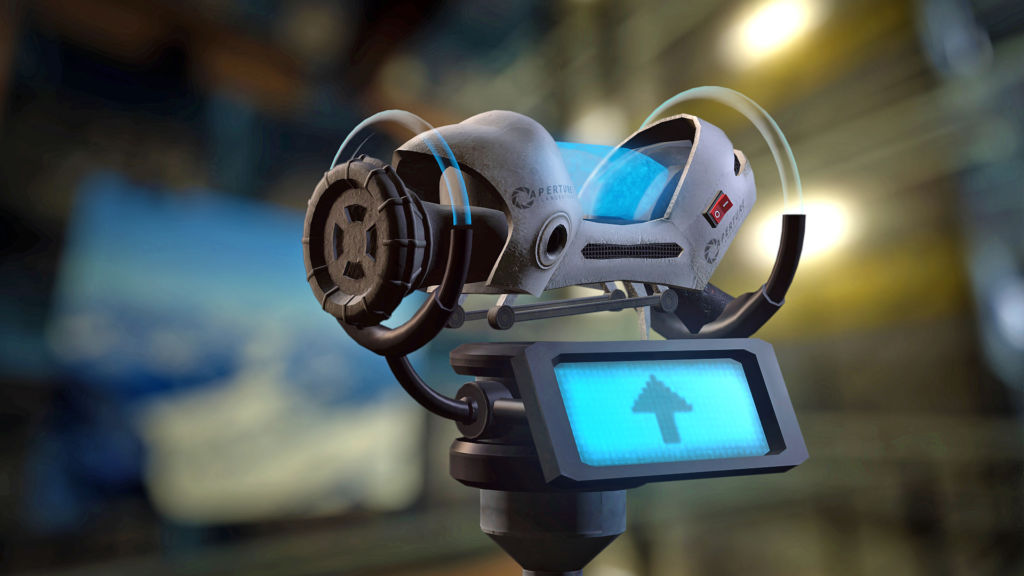
Along the way, you’re under the supervision of Nigel, a new personality core. He is chatty and seems to have a lot less control over the facility’s workings than GLaDOS, or Wheatley when he took over her place. I would love to talk about his personality, but the only thing I can really come up with is that he’s just a Personality Core version of a mildly enthusiastic researcher.
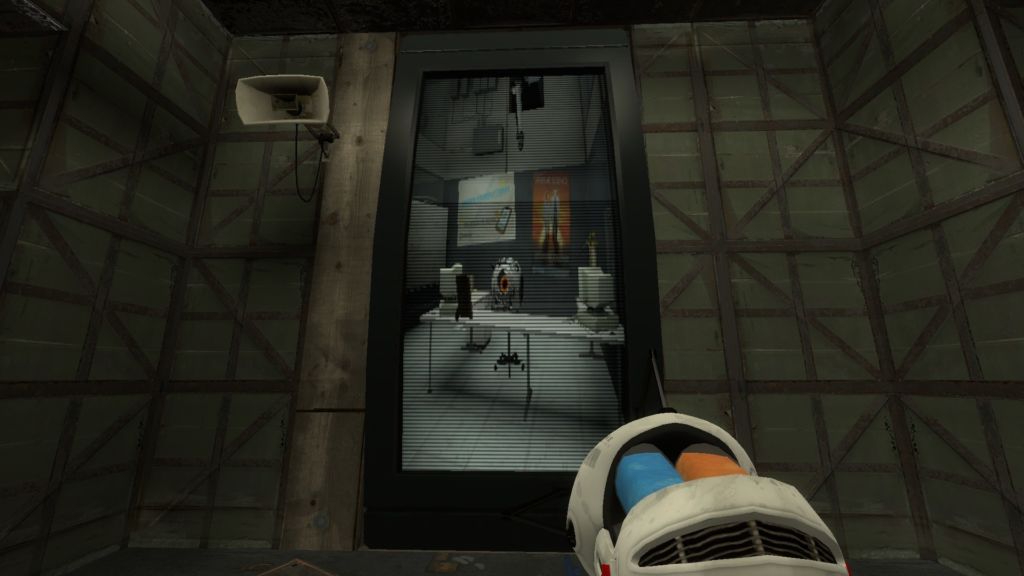
In fact, Nigel is the main problem I have with the game. He lacks the cold sarcasm of GLaDOS and the bumbling foolishness of Wheatley. He doesn’t really have much of a personality aside for having a cheerfull, encouraging facade masking his distaste for humans, which at this point seems to be Standard Robot/AI Personality Type B Subtype 01. His voice acting is pretty OK, but Ellen McLain’s and Stephen Merchant’s performance in Portal 2 was complemented by the rather well-written and engaging personalities of the characters they are portraying.
However, the music for the game is simply great. I personally quite like the soundtrack during the testing stage. It’s composed by Harry101UK, and you can listen to it right [HERE]
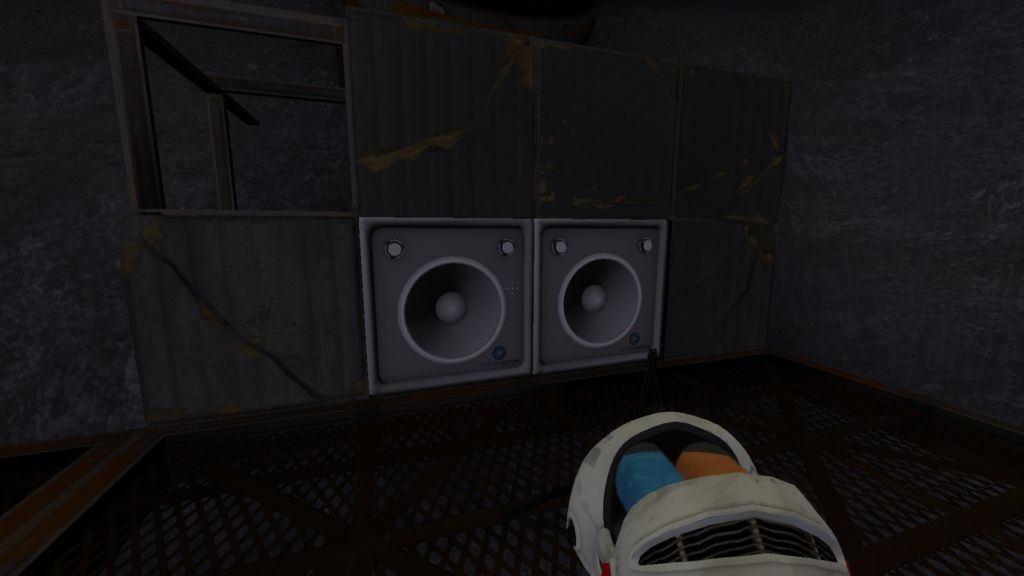
Overall, I can recommend the game, but I will also mention that it’s pretty short. It does a rather good job expanding upon the gel mechanics in Portal 2. Just a small reminder, you do need to have Portal 2 installed to be able to play Aperture Tag, or you’ll get to stare at a black screen and nothing more.
